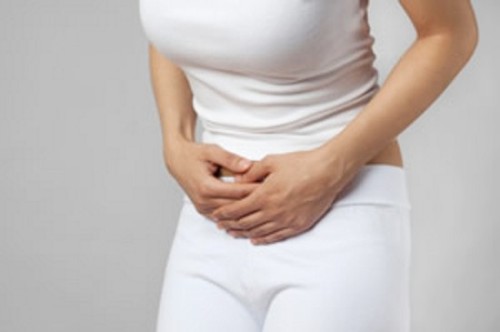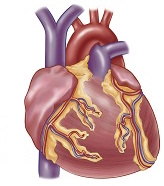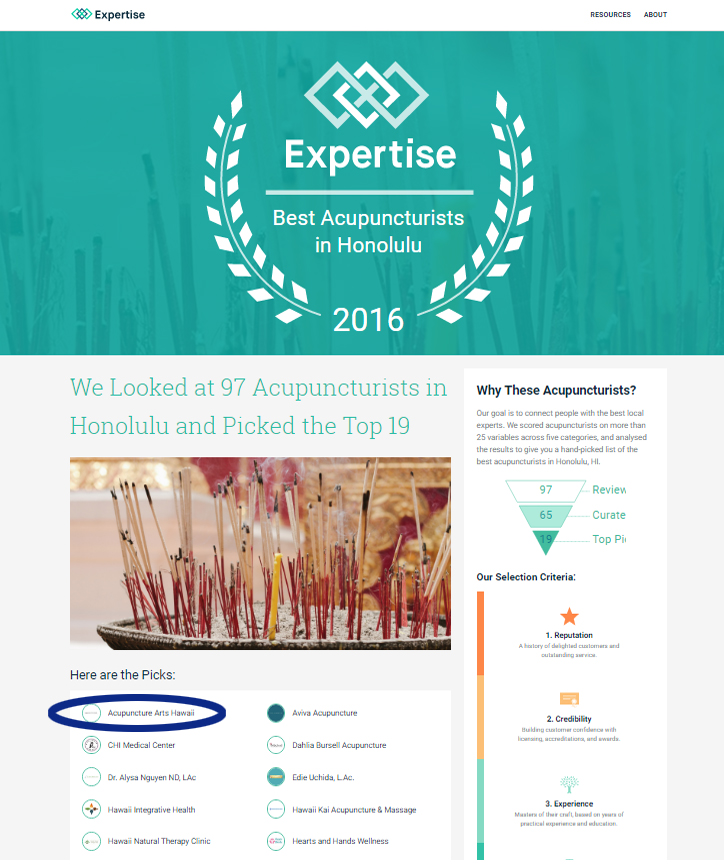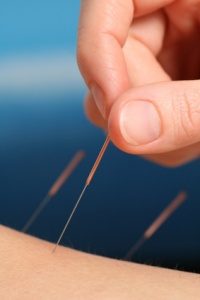
By: Acufinder Editorial Staff
“There have been many advances in the early detection and treatment of cancer. While the standard medical care for cancer is effective, the treatments are aggressive and cause numerous unwanted side effects as well as a lowered immune system. Acupuncture has received much attention as an adjunctive therapy in cancer treatments for its use in pain relief, reducing side effects, accelerating recovery and improving quality of life.
What Acupuncture is used for during Cancer Treatment
Acupuncture provides a total approach to health care for people with cancer. It can be used to address many of the concerns that come up during and after chemotherapy, radiation, biological therapy and surgery.
According to the National Cancer Institute, acupuncture may cause physical responses in nerve cells, the pituitary gland, and parts of the brain. These responses can cause the body to release proteins, hormones, and brain chemicals that control a number of body functions. It is proposed that, by these actions, acupuncture affects blood pressure and body temperature, boosts immune system activity, and causes the body’s natural painkillers, such as endorphins, to be released.
Areas that acupuncture has shown the most promise include:
- Nausea and Vomiting
- Dry Mouth, Night Sweats and Hot Flashes
- Stress, Anxiety and Fatigue
- Pain Management
- Increasing White Blood Cell Count
- Nausea and Vomiting
The strongest evidence of the effect of acupuncture has come from clinical trials on the use of acupuncture to relieve nausea and vomiting. Several types of clinical trials using different acupuncture methods showed acupuncture reduced nausea and vomiting caused by chemotherapy, surgery, and morning sickness. It appears to be more effective in preventing vomiting than in reducing nausea.
Other symptoms caused by cancer treatment
Clinical trials are studying the effects of acupuncture on cancer and symptoms caused by cancer treatment, including weight loss, cough, chest pain, fever, anxiety, depression, night sweats, hot flashes, dry mouth, speech problems, and fluid in the arms or legs. Studies have shown that, for many patients, treatment with acupuncture either relieves symptoms or keeps them from getting worse.
Boosting the Immune System
Human studies on the effect of acupuncture on the immune system of cancer patients showed that it improved immune system response, including increasing the number of white blood cells.
Pain Management
In clinical studies, acupuncture reduced the amount of pain in some cancer patients. In one study, most of the patients treated with acupuncture were able to stop taking drugs for pain relief or to take smaller doses.
Acupuncture is also very useful for support if you are undergoing chemotherapy, radiation, or hormonal therapy. Because chemotherapy and radiation therapy weaken the body’s immune system, a strict clean needle method must be used when acupuncture treatment is given to cancer patients.”
https://www.acufinder.com/Acupuncture+Information/Detail/Acupuncture+Shows+Promise+in+Cancer+Treatment
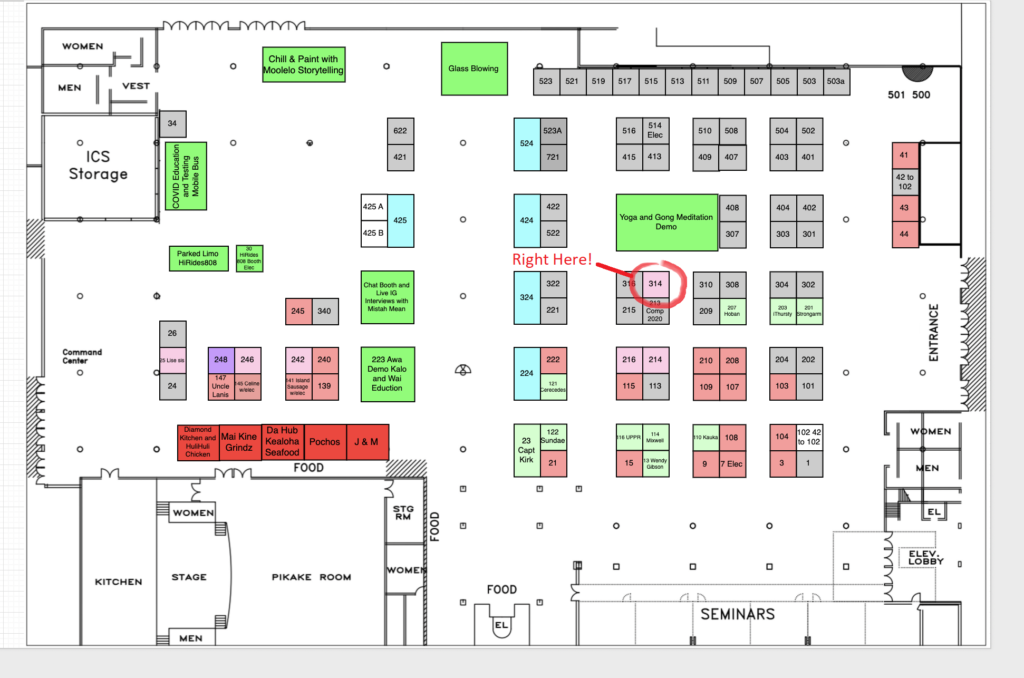
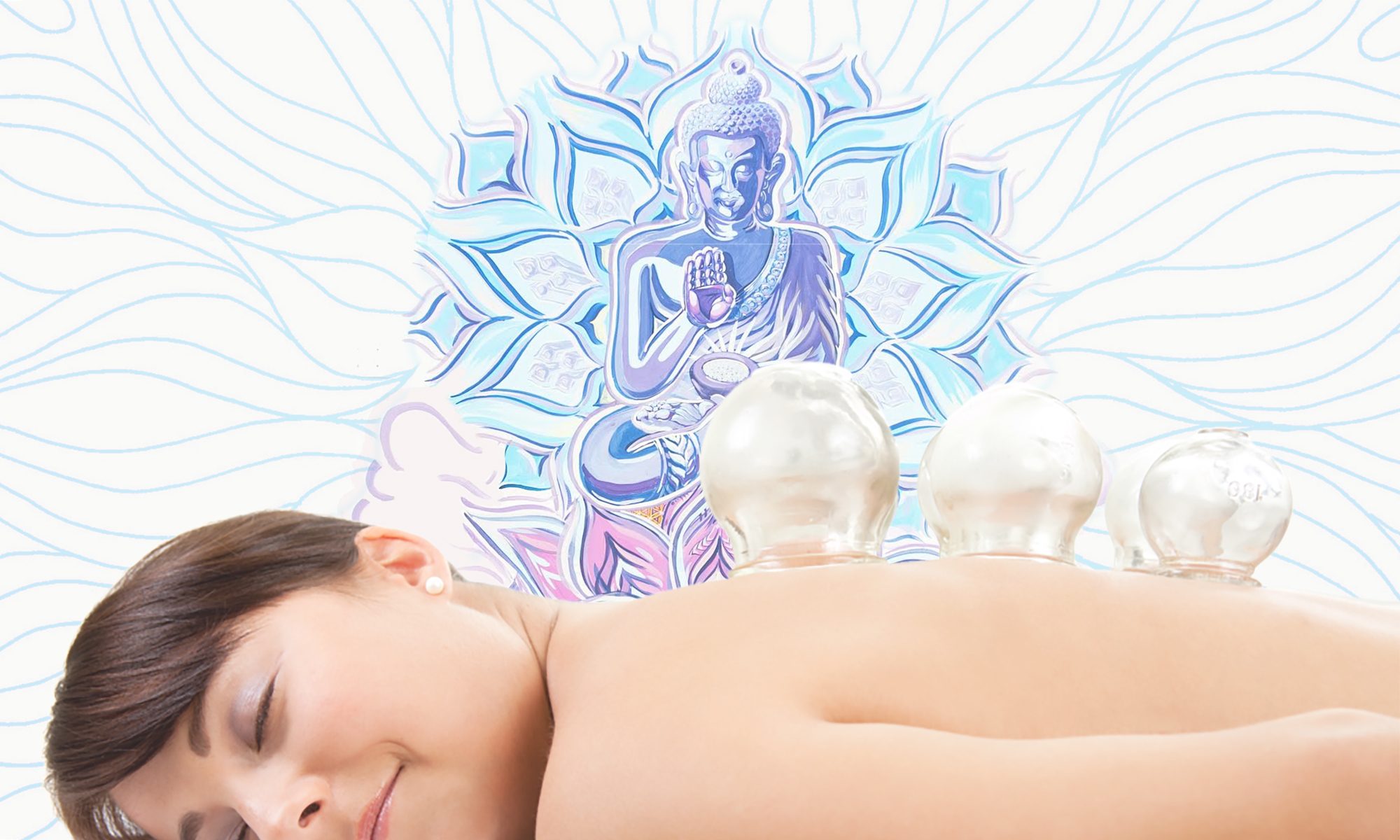

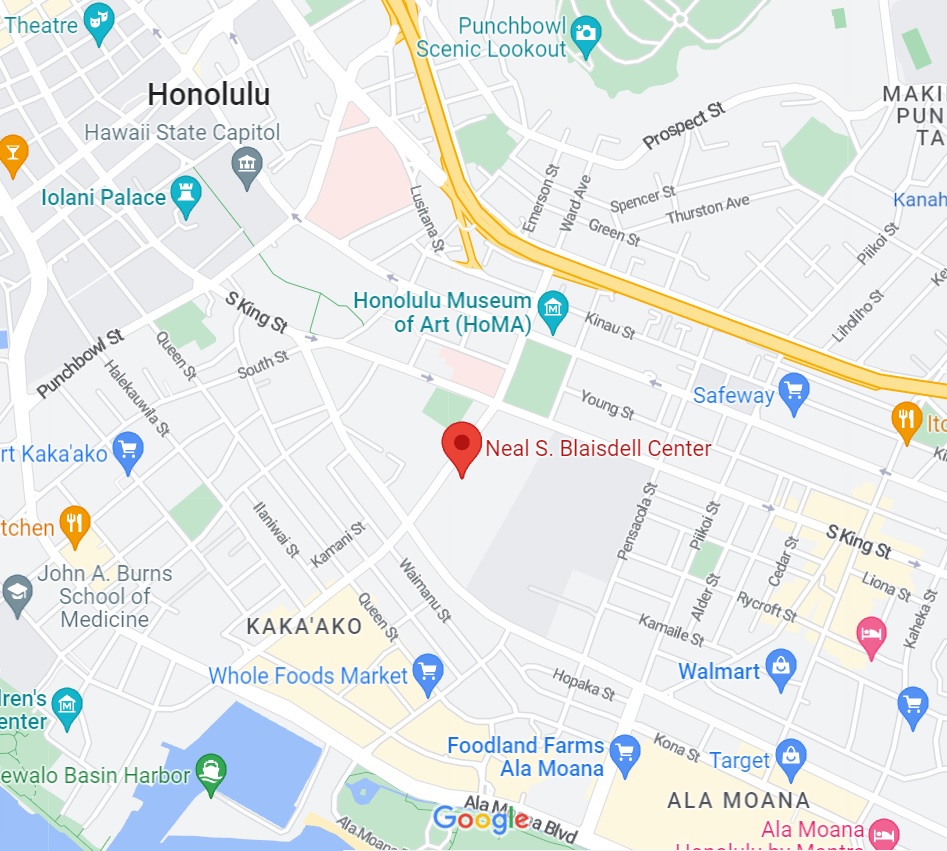
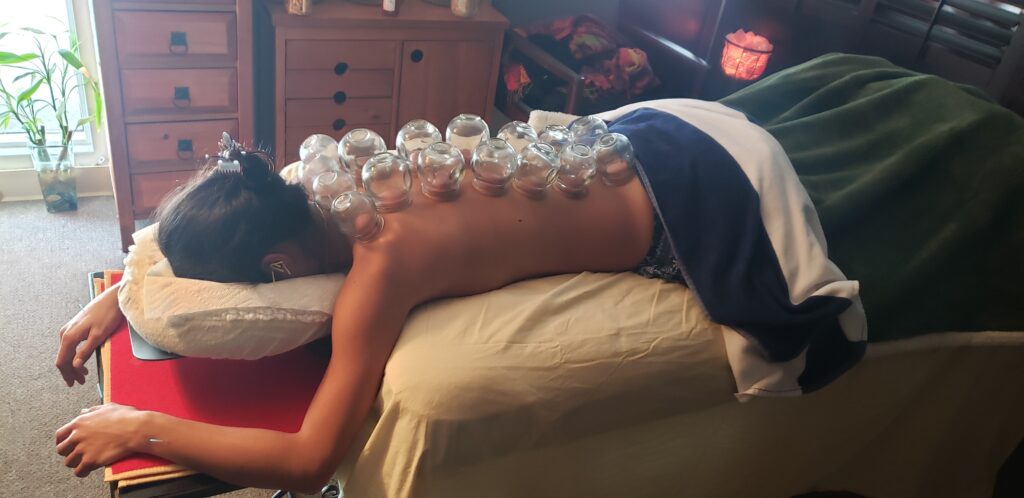
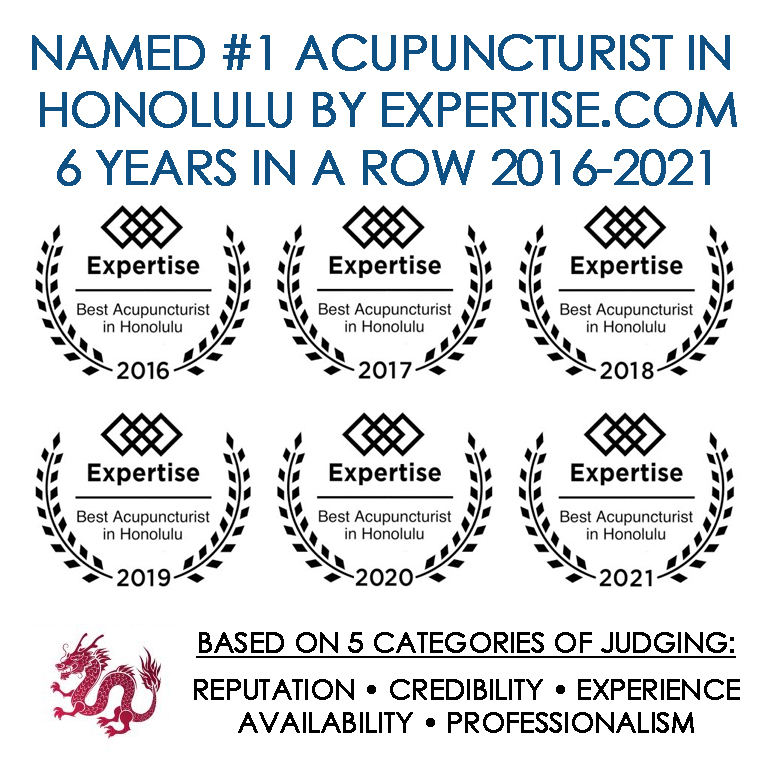
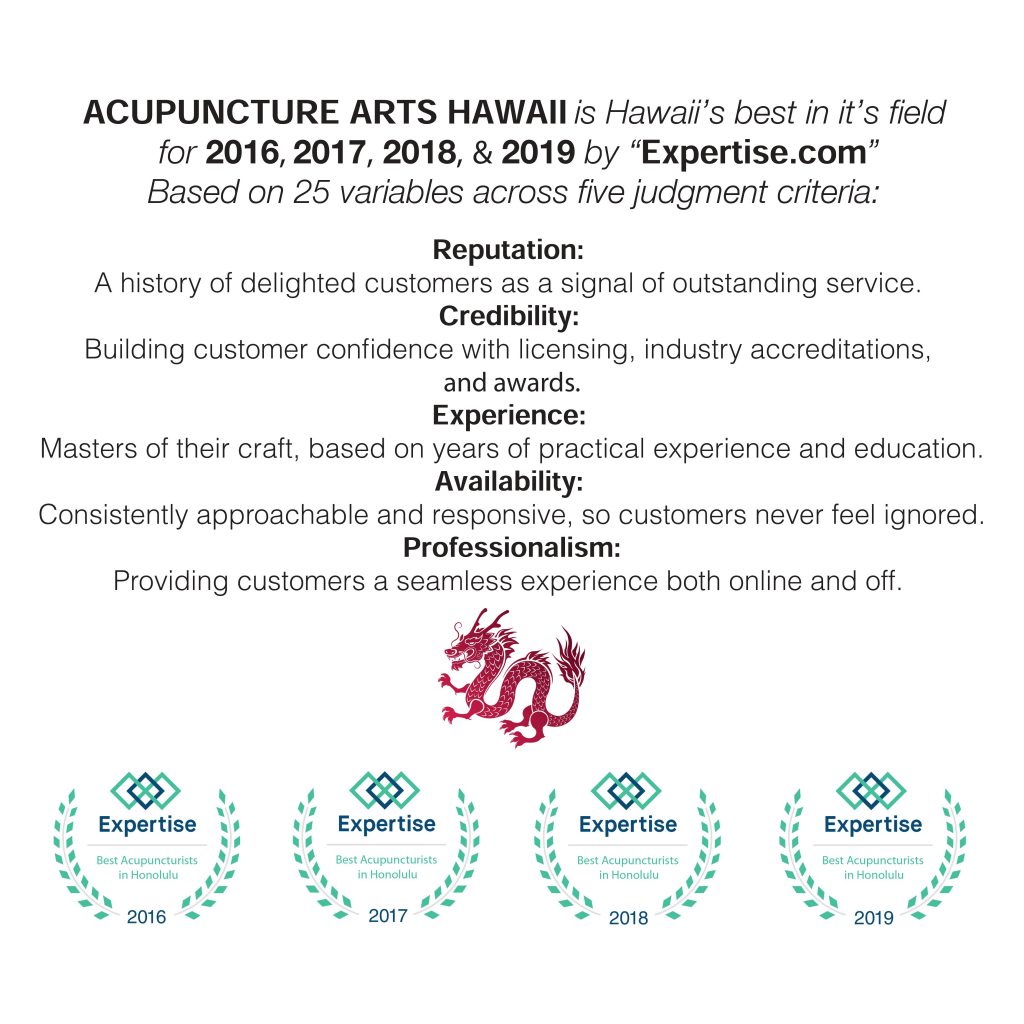
 By: Vanessa Vogel Batt, L.Ac., MSTOM
By: Vanessa Vogel Batt, L.Ac., MSTOM
